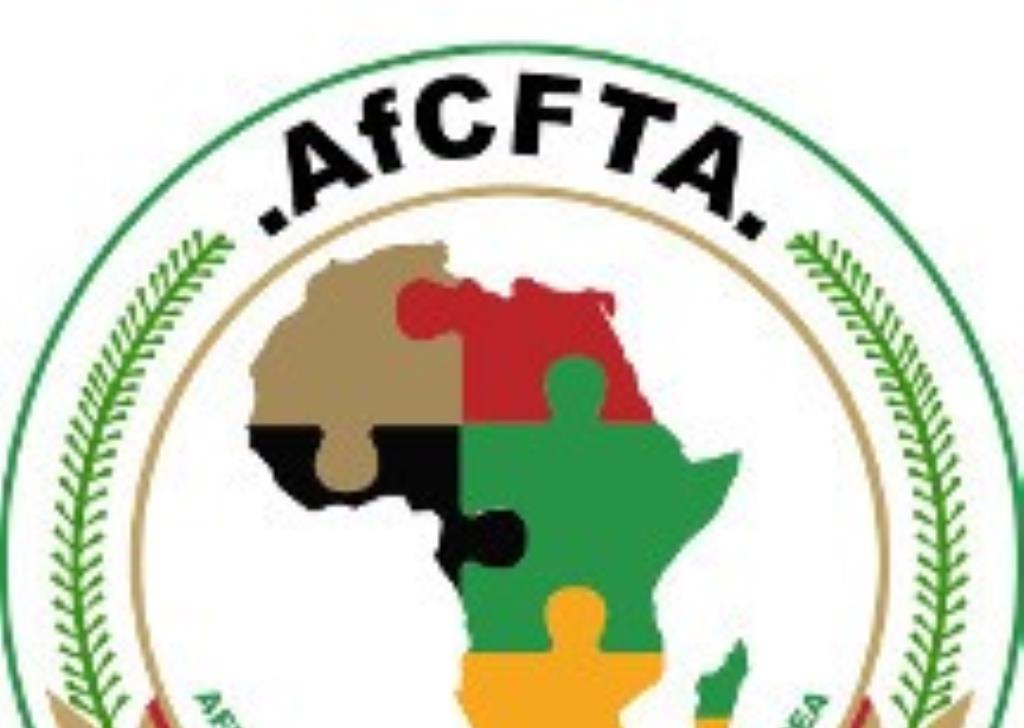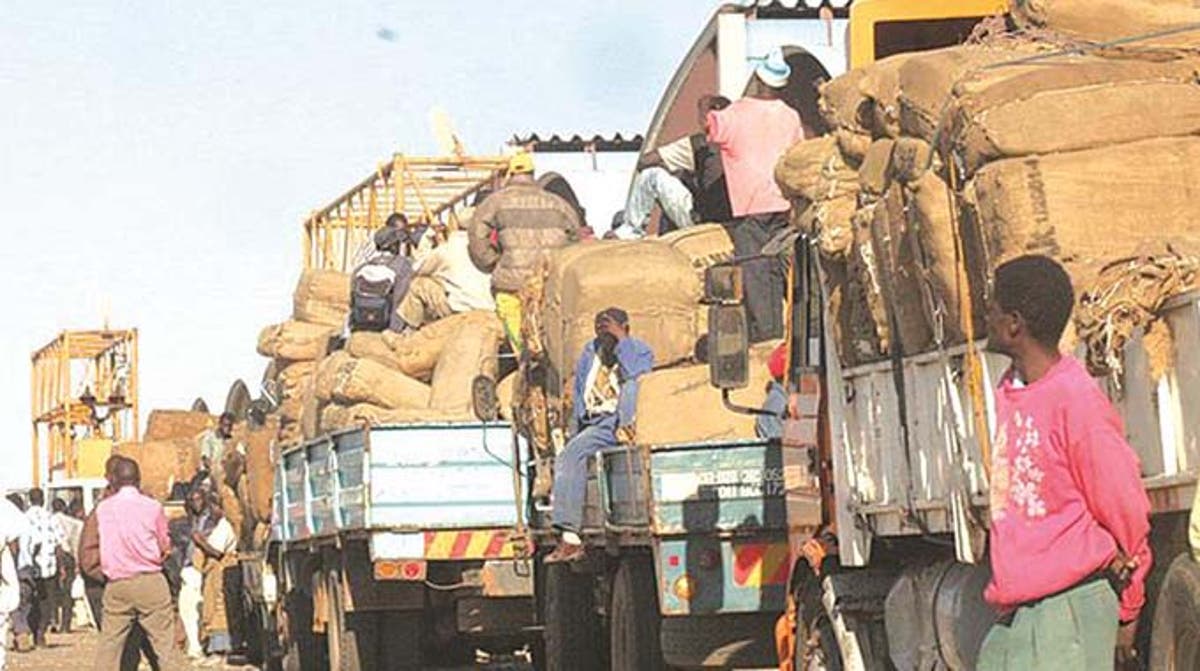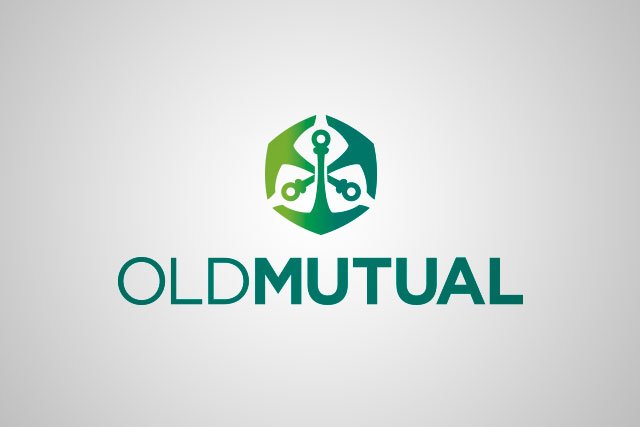Business brace for tough 2022
Zimbabwean businesses are in for another difficult year, with the year’s first foreign currency auction system signalling that its modus operandi will remain as it was last year.
After taking a four-week breather, the foreign currency auction system returned this past Tuesday with the Zimbabwe dollar marginally depreciating to $112,82 to the US dollar from a rate of US$108,66:US$1 at the last auction held on December 14, last year.
Interestingly, the spread was much wider, with the highest bid allotted coming in at $126 while the lowest bid allotted was $100. This was the case last year.
From the beginning of November 2021 up to now, importers have been able to access foreign currency at rates ranging between $100:US$1 and $126:US$1, rates considered cheaper when compared with the widely used, but seriously flawed parallel market exchange rates.
Also a common feature from last year was the level of rejected bids at 28 percent despite the fact that authorised dealers were given an additional week to submit essential information required to carry out the due diligence on auction bid documentation submitted by their clients. Chances are that rejected bids will turn to the parallel market
to access foreign currency.
While consistency and predictability of policy are good for the decision-making of businesses and people, the foreign currency auction system, though providing more than U$2,5 billion to economic agencies, has failed to establish itself as a reference rate.
Its inefficiencies were reflected in the backlog in payment of successful bidders witnessed for the better part of last year.
It is also reflected in the growing level of foreign currency account (FCA) balances at a time forex seems to be in short supply. More than US$1,8 billion is sitting in FCAs.
The widening gap between the official exchange rate and the parallel market exchange rate is also seen as a reflection of inefficiencies of the auction system.
Inshort, theauction system is seen as faulty and failing to reflect fundamentals.
Last year, the auction system, according to the RBZ, only managed to cater for US$1,9 billion of the US$6,7 billion needed to make foreign exchange payments.
This means the bulk of the foreign exchange is taking place outside the auction system resulting in most economic agencies using street rates to price goods and services.
But given the depreciation of the local currency on the parallel market during the auction’s absence with the exchange rate (ask side) ranging between 230 to 250 as of yesterday, economic agencies expected the official exchange rate to at least reflect fundamentals such as money supply which grew at more than twice the rate of exchange rate adjustment.
It was, however, not the case after Tuesday’s auction left the premium between the parallel market and official exchange rate at more than 100 percent.
Industrialist and Dairibord Holdings CEO, Anthony Mandiwanza, said the gap between the two exchange rates creates arbitrage opportunities with suppliers, who are also not getting enough from the auction system charging for their goods and services at black market rates.
Mandiwanza said the gap was also beneficial to importers of finished products at the expense of local manufacturers.
While local manufacturers have to account for overheads priced using parallel market rates importers of finished products have little to no overheads.
Exporters are also facing viability challenges as they have to surrender 40 percent of their earnings at the auction rate and yet have to meet local costs priced at parallel market rates.
Economist and Zimbabwe National Chamber of Commerce Chief Executive, Christopher Mugaga, said exchange rate depreciation is being triggered by Zimbabwe dollar liquidity flooding the market with no corresponding increase in production.
“So generally the primary driver of the depreciation is increased money supply whilst output is depressed. In simpler terms, we refer to it as money printing.”
Mugaga also pointed out that the other driver to currency instability is adverse expectations which is normally inspired by market’s judgment of policy quality based on historical trends.
Confederation of Zimbabwe Industries chief executive officer, Sekai Kuvarika, said it was unfortunate the currency conversation has taken this long without a sustainable resolve.
The auction was supposed to be a transitional mechanism for price discovery purposes but we ended up building a tent there.
“We thought it would be the primary price discovery mechanism. It did for a bit and got stuck as it failed to attract other forex holders beyond the compulsorily acquired surrender and 20 percent of local forex transactions.
“As a result arbitrage and distortions have continued to take root and business is drowning.”
Farai Mutambanengwe Founder & Executive Officer at SME Association of Zimbabwe is not expecting any significant changes to the way the RBZ manages the auction system despite the obvious threats of continued currency depreciation and rampant inflation.
Mutambanengwe said the central bank is unlikely to change the way it manages the auction system because it is aware the level of money supply in the country will remain on the high side.
“The RBZ cannot transition from the current auction system because of the continued growth in money supply from quasi-fiscal activities.”
The result could be triple-digit inflation levels, increased dollarisation of the economy as well as deterioration of the formal environment, Mutambanengwe.-eBusiness Weekly










